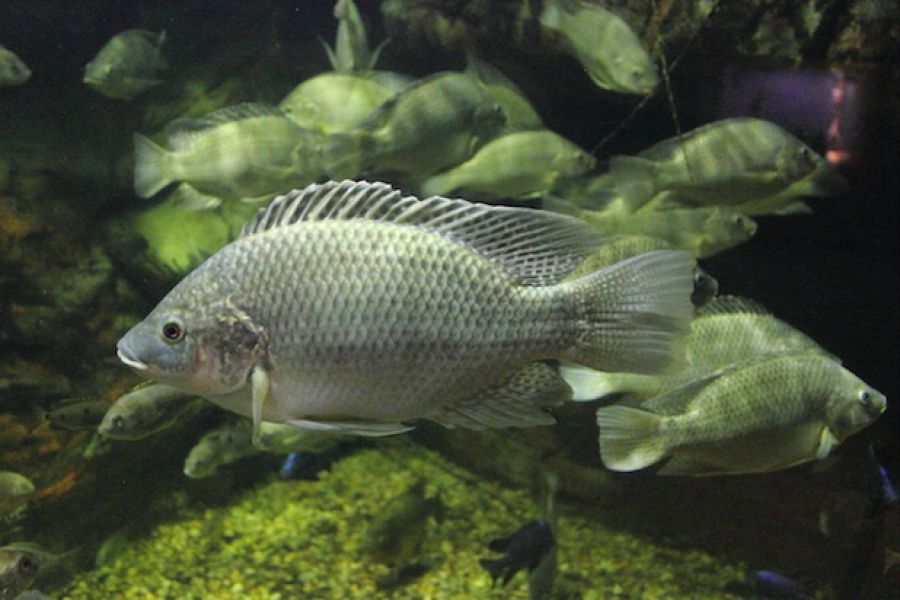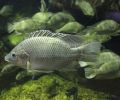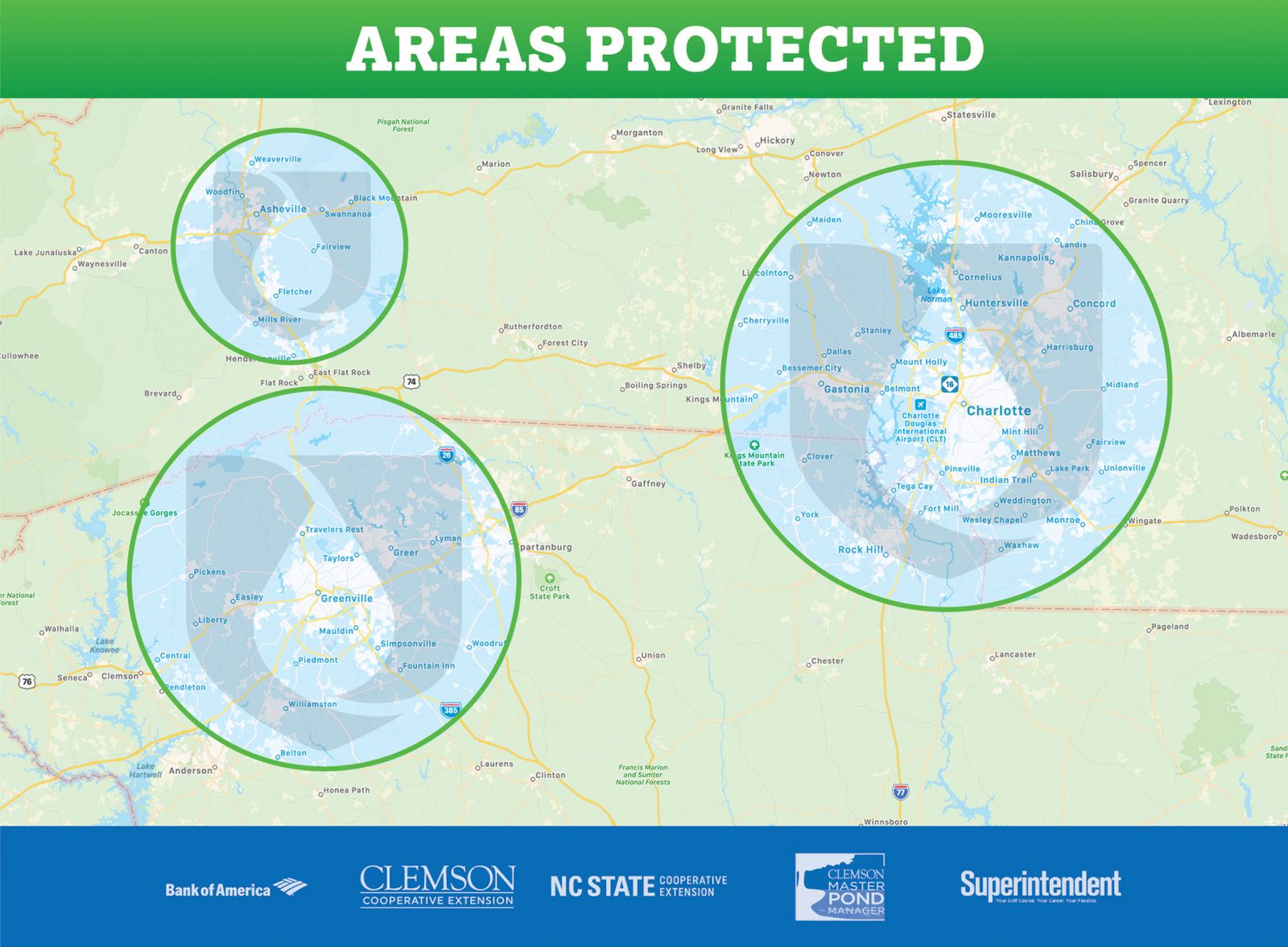
Tilapia- “any freshwater cichlid of the genus Tilapia, of African waters” (dictionary.com).
When you hear the word, “tilapia,” you are probably thinking about a nice dinner at a seafood restaurant. Yes, tilapia is delicious, but it serves more of a purpose than just being food.
In fact, tilapia love to eat common types of algae such as filamentous algae, blue-green algae, along with rooted plants, twigs and other organic debris. That’s good news for pond and lake owners! See more here
Tilapia can only survive in warm weather, a little like myself (only kidding). Once the water hits about 45-50 degrees, tilapia start to go belly up.
A positive aspect about this is that algae grows in warm water. But a big bust if you live in Charlotte NC, Asheville or Greenville-Spartanburg SC. So algae start growing around the same time that you can be stocking your pond or lake with tilapia.
Matt Markey from The Blade made the comment that when the time comes where the weather is getting really cold, you can fish the tilapia out and serve it as a meal. I don’t know about you, but that’s a win-win in my book!
When is a good time to stock and about how many fish should I stock? Occasionally, we have rare, warm winters and the temperature starts rising in mid-February, and some will argue that it will be okay to start stocking then.
But normally, it is recommended to stock in the spring. Most fish stocking service companies recommend 300 to the acre when stocked in the spring.
Another plus is tilapia don’t like to bother swimmers. So if you have a pond or lake that is for swimming, they are perfect! And if you are looking to stock a pond for bigger bass, they can be a good option as another food source in your pond’s food chain.
Tilapia in Cooler Temperatures: Predator Power and the Clean-Up Crew
So what happens when the mercury drops and pond water starts to chill? As much as tilapia enjoy feasting on algae, they aren’t built for cold snaps. Once water temperatures dip below 50°F, tilapia become increasingly sluggish—picture them as the aquatic equivalent of you losing all motivation on a chilly Monday morning.
Here’s where things get interesting: if your pond is home to a robust crew of predator fish like largemouth bass, those sluggish tilapia won’t linger for long. Hungry predators see them as easy pickings and quickly snap them up, often before you ever notice a problem.
But if your pond is more like a tilapia retirement community, with hardly any predators around, you may see more die-offs when the cold sets in. Without natural “clean-up crews” to keep the population in check, tilapia that can’t handle the dip in temperature will end up along the shoreline, making their final appearance before winter really takes hold.
Do Tilapia Compete with Native Fish for Food?
One of the most common questions pond owners ask is whether adding tilapia will mean more competition at the dinner table for native fish. Thankfully, the answer is reassuring: tilapia are not notorious for elbowing out your bass or bluegill in the race for food.
From the moment they hatch—mouthbrooders that they are—tilapia babies start by munching on phytoplankton and microscopic algae, the sort of particles native species don’t typically fuss over. As tilapia grow, their appetite expands to include filamentous algae and assorted aquatic vegetation. This dietary shift means they’re cleaning up the salad bar nobody else in your pond cares much for.
So, while your largemouth bass are busy chasing minnows and insects, and your bluegill are foraging for bugs and tiny crustaceans, tilapia focus on clearing out the green stuff. In other words, they’re more like tidy houseguests than rivals—giving you one less thing to worry about.
When to Supplement Tilapia with Artificial Feed
If you’re considering adding tilapia to your pond or lake, there’s a bit of strategy involved—especially when it comes to feeding.
For those aiming to boost bass growth, tilapia can be offered some extra snacks in the form of artificial feed. Supplementing their natural diet this way helps them grow faster and become a better food source for your bass.
On the other hand, if your main mission is algae control, skip the extra feed. Tilapia work best at gobbling up problem plants when they’re encouraged to forage for their meals—namely, the algae and nuisance vegetation you want gone in the first place.
Aim to stock tilapia during the spring, at a rate of about 10–20 pounds per surface acre. This timing syncs up perfectly with the warm-water season and, of course, their hearty appetites.
However, we do NOT recommend tilapia for algae control to our members with pond management. Why? We believe that algae problems deserve a better solution than stocking tilapia every year. We have found better, proven way to control algae by getting the root of the problem. Nutrients.
Now serving Greenville SC, Spartanburg SC, Asheville NC, Charlotte NC, Winston-Salem NC, & Greensboro NC areas.
Get started. Become a member today!


